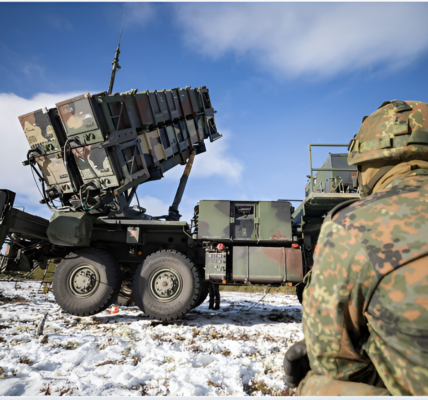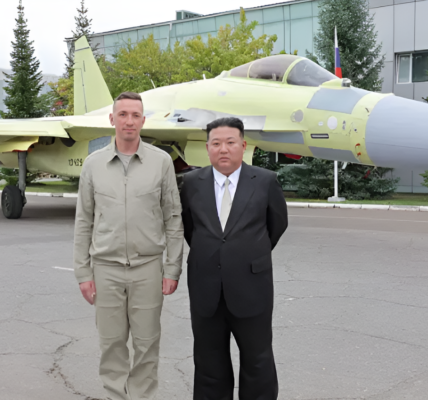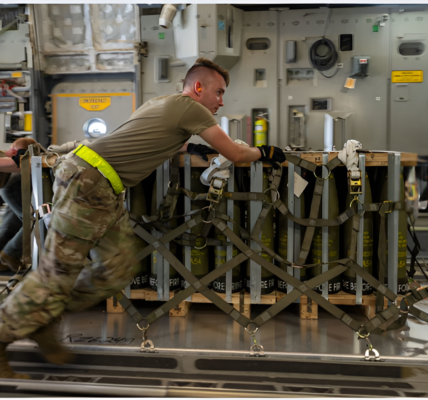
As Russia continues to support Syrian armed forces in their prolonged conflict against Western-backed insurgents, the historical context of the Russia-Syria partnership takes on renewed significance. The two nations’ defense collaboration has roots extending back to the Cold War, during which Syria became a key ally of the Soviet Union following the political realignments of Egypt and Iraq in the 1970s and 1980s. This partnership solidified Syria as the USSR’s primary defense ally in the Middle East, a relationship that would shape the region’s geopolitical dynamics for decades.
The 1980s marked a turning point in Syria’s defense posture, heavily reliant on Soviet assistance. This support became particularly critical following Israel’s invasion of Lebanon in 1982, which saw Syrian forces suffer devastating losses against technologically superior Israeli forces. The defeat, exacerbated by Operation Mole Cricket, underscored Syria’s vulnerability. The Israeli operation dismantled Syria’s air defense systems and decimated its MiG fighter fleet, dominated by fourth-generation American-built F-15 Eagles.
In response, the Soviet Union initiated a rapid rearmament campaign for Syria. Within months, Syria’s losses were replaced with more advanced Soviet weaponry, including 200 T-72 tanks, SS-21 battlefield missiles, and 68 battalions of SAM (surface-to-air missile) systems, among them the long-range S-200 (SAM-5). The Soviets also delivered 54 combat helicopters, 25 MiG-23 fighters, and 25 MiG-25 interceptors. This extensive support, characterized by its speed and scale, aimed to restore the balance of power in Lebanon and the broader Middle East.
According to Egypt’s former Chief of Staff General Saad Al Shazly, Soviet assistance was pivotal:
“On 4 December 1983, the Syrians shot down three American aircraft over Lebanon, a humiliating blow to America’s prestige. For the first time, an Arab country had shot down American aircraft and taken American pilots prisoner.”
This incident underscored the effectiveness of Soviet military support, which allowed Syria to defend its airspace and resist Western dominance in the region.
Syria’s acquisition of Soviet hardware in the 1980s continues to underpin its defense strategy today. Notable among these assets are the S-200 long-range air defense systems and MiG-25 interceptors. While these systems are held in reserve against potential large-scale air assaults from Israel or the West, they remain vital to Syria’s air defense doctrine. However, the collapse of the Soviet Union in the 1990s marked a significant reduction in Russian military aid. Pressured by its growing relationship with Israel, Russia refrained from supplying Syria with newer-generation systems such as the MiG-31 interceptors or S-300 air defense platforms.
Despite this, the military assets delivered during the 1980s continue to play a critical role in maintaining Syria’s airspace sovereignty. The enduring utility of these systems reflects both their technological sophistication and the challenges Syria faces in modernizing its military amid ongoing conflict.
The Soviet Union’s involvement in Lebanon during the 1980s also intersected with the rise of Hezbollah, the Shiite militia that emerged as a formidable force against Western and Israeli presence in the region. While the extent of Soviet ties with Hezbollah remains unclear, the group’s reliance on Iranian support—another ally of Damascus—aligned with Soviet objectives of countering Western influence.
Today, Hezbollah has formed closer ties with Russia through their mutual ally Syria. Operating advanced Russian hardware such as Kornet anti-tank missiles, Hezbollah has become a key component of the so-called “Resistance Axis,” which includes Iran, Syria, and other regional powers. The alignment of these forces with global adversaries of the West, including Russia and North Korea, poses new challenges for U.S. influence in the Middle East.
The historical partnership between Russia and Syria, forged during the Cold War, remains a cornerstone of the region’s geopolitical landscape. From the rapid rearmament of Syrian forces in the 1980s to the close coordination between Moscow and Damascus in recent years, the alliance has continuously evolved to counter shifting threats. As Syria and its allies continue to navigate the complex dynamics of regional and global power struggles, the legacy of Soviet and Russian support remains central to the country’s resilience and strategic capabilities





